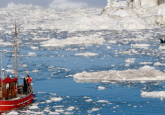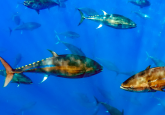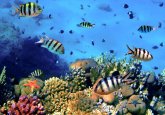Adapting environments to climate change – what do the termites do?
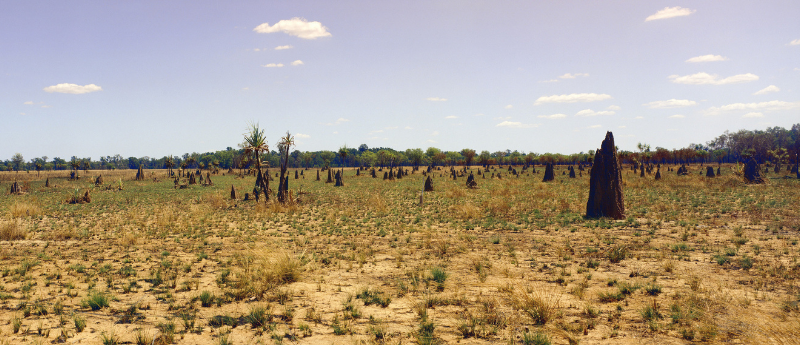
When it comes to climate change, humans should take a leaf out of the termites’ book, new research suggests.
In a new collaborative study from the Universities of Montana and Wyoming (MT and WY, USA), the University of Tours (France) and Stellenbosch University (South Africa), researchers have been examining how birds, rabbits and termites arrange their living spaces in reaction to changes in local climate conditions. The researchers hope that by studying this, they will be better able to predict how climate change will affect the environment of these species in the future and how they will be able to adapt.
The study has been published in Trends in Ecology and Evolution and one of the researchers, John Terblanche (Stellenbosch University), commented:
“It’s crucial that we continuously improve our ability to predict and mitigate the effects of climate change. One of the ways we can do this is by gaining a better understanding of how animals influence their own small-scale experience of climate at the level of individual members in a population.”
When using models to examine nature-based solutions to global warming, understanding how animals use such solutions in transforming their immediate environment to respond to variations in climate could provide valuable insight and enable more accurate predictions.
“Improving such models will be key to forecasting the effects of climate change on species, and to predict future effects, including how species ranges may shift and what the relative risks of extinction are for different animal species with high levels of precision,” Terblanche added.
The team also acknowledges that it will be key to discern which species will thrive under climate change, helping to identify where any pest outbreaks could occur. These outbreaks would have an effect on crops, the spread of disease and other vital risk factors that need to be considered when predicting how humans will adapt in a warming world.
“Climate change will impact the spread of disease vectors, the health of marine and terrestrial biomes around the world and will influence whether agriculture and fishing will be able to continue supporting human populations, as they have in the past.”
The research has led to some interesting revelations about the different ways in which these animals adapt to their changing environments, something that we may be able to take some inspiration from in our own efforts to limit climate change.
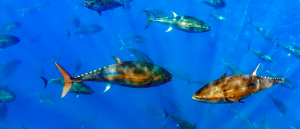 Climate change, temperature and tuna
Climate change, temperature and tuna
It is widely appreciated that the ocean holds many phenomena that we do not know or understand, now, researchers have answered one question about the warm-blooded nature of some ocean dwellers.
“Many animals dig burrows, construct nests for themselves or their offspring, build homes for entire colonies (ants and termites), induce plants to produce galls, build leaf mines, or simply modify the structure or texture of their local environments.
“For example, birds build nests to keep eggs and chicks warm during cool weather, but also make adjustments in nest insulation to keep the little ones cool in very hot conditions. Mammals, such as rabbits or mice, sleep or hibernate in underground burrows that provide stable, moderate temperatures and avoid above-ground conditions that often are far more extreme outside the burrow.
“We’ve also seen how termites and ants build mounds that capture wind and solar energy to drive airflow through the colony, which stabilizes temperature, relative humidity and oxygen level experienced by the colony,” Terblanche described.
The changes that the species make, – which have come to be known as extended phenotypes – modify their immediate environment, allowing them a level of control of the microclimate that they inhabit.
“Two features of microclimates are important. First, microclimates typically differ strongly from nearby climates, which means that the climate in an area may provide little information about what animals experience in their microhabitats. Second, because extended phenotypes are built structures, they often are modified in response to local climate variation, and potentially in response to climate change.”
This behavior gives an insight into how we can better understand some of the impacts of climate change on organisms.
“We need a much better understanding of how much animals can adjust these structures in response to varying climate conditions,” stated Terblanche, with lead author on the study, Art Woods from the University of Montana, also pointing out that there are many further factors to consider and there is much more work to be done on these extended phenotypes:
“Another key challenge is to understand how much flexibility there is in extended phenotypes, and how rapidly they can evolve. At this point, we pretty much have no idea whether these processes can keep up with climate change.”


